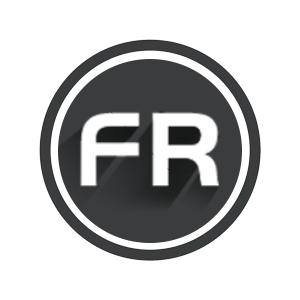유럽의 의료용 광섬유 시장은 강력한 성장을 이룰 준비가 되어 있습니다, 최소 침습 수술 및 첨단 영상 기술에 대한 수요 증가에 힘입어. 광섬유는 향상된 가시성을 제공합니다., 유연성, and precision in medical applications such as endoscopy, diagnostics, and surgical interventions. Key players are focusing on innovation and collaboration to expand their product offerings. Increase in chronic diseases and aging population is further driving the market demand, supported by advancements in telemedicine and remote patient monitoring. Regulatory approvals and reimbursement policies are also playing a key role in shaping the market landscape, contributing to the growth of various healthcare sectors. The European medical fiber optics market is undergoing transformative changes with changing consumer preferences, technological advancements, and increasing emphasis on minimally invasive procedures. Fiber optic technology, known for its high precision, low risk of infection, and superior imaging capabilities, is becoming an integral part of various healthcare applications including surgical procedures, diagnostics, and therapeutic interventions. According to Persistence Market Research, the European medical fiber optics market is valued at USD 283.4 million in 2022 and estimated at USD 299.9 million in 2023. The market is expected to reach USD 666.7 million by the end of 2033, growing at a CAGR of 8.3% over the decade.

The medical fiber optics market has been significantly impacted by rapid technological advancements that have improved the performance and versatility of fiber optic systems. Innovations such as high-resolution imaging, improved optical transmission, and the development of specialty fibers are critical to the expansion of fiber optic applications in the medical field.
Improved Imaging Technologies
Advanced fiber optic technology enables high-definition imaging in minimally invasive procedures. The addition of micro-endoscopes and digital imaging systems has revolutionized diagnosis and treatment, leading to more accurate assessments and improved patient prognosis. Surgeons can now visualize complex structures with unprecedented clarity, improving their ability to perform delicate procedures;
Miniaturization of Devices
The trend toward miniaturization of medical devices has led to the development of smaller, more flexible fiber optic tools. These innovations allow for greater maneuverability within the body, making surgery less invasive and shortening recovery times. 예를 들어, the increasing use of small-diameter fiber optic cables in laparoscopic and endoscopic surgeries has improved surgical techniques;

Convergence of Artificial Intelligence and Machine Learning
The integration of artificial intelligence (일체 포함) and machine learning in fiber optic systems will improve diagnostic accuracy and operational efficiency. Artificial intelligence algorithms can analyze imaging data in real time, which helps in early detection of diseases and helps healthcare professionals to make informed decisions. Consumer preferences in the European healthcare industry are evolving rapidly, influenced by factors such as the rising demand for personalized medicine, growing emphasis on patient comfort, and increasing focus on preventive care.
Demand for Minimally Invasive Surgery
Patients are increasingly opting for minimally invasive surgeries due to their associated benefits, including reduced pain, shorter recovery time, and lower risk of complications. Medical fiber optics play a vital role in these surgeries, leading to an increased demand for fiber optic technology for various surgical applications;
Preference for Personalized Medicine
The shift towards personalized medicine has led to an increase in the demand for diagnostic tools that provide tailored treatment options. Fiber optic technologies, such as fiber optic sensors and spectroscopic devices, help facilitate personalized medicine by allowing real-time monitoring of patient conditions and enabling precise therapeutic interventions;
Patient-Centered Care Models
There is a growing focus on patient-centered care models where patient comfort and experience are prioritized. The use of fiber optics in medical procedures improves patient comfort through less invasive techniques and better overall outcomes, in line with modern healthcare consumer preferences.


